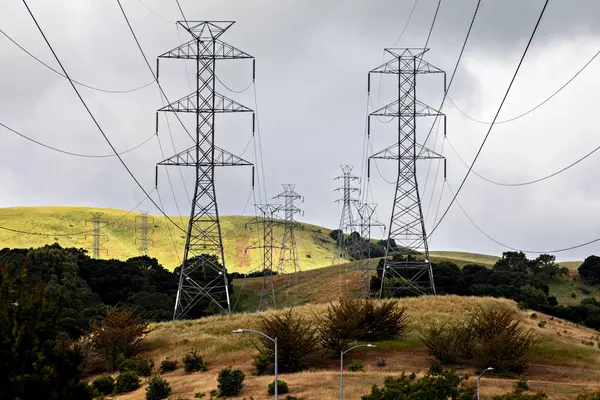Electric utilities can use various tools and techniques to account for the impacts of climate change on their operations. This can include using climate models to project future weather patterns and assess the potential impacts on the electric grid, implementing climate-resilient infrastructure design and construction practices, and incorporating renewable energy sources into their energy mix. It can also involve developing strategies for adapting to extreme weather events and reducing greenhouse gas emissions.
Researchers developed a method for calculating the impact of climate change on the supply and variability of local renewable energy. The availability of solar, hydro, and wind energy may become more variable as a result of an increase in unusual weather patterns caused by climate change.
Researchers at the University of Alaska Fairbanks Geophysical Institute and in Spain developed the method to assist local energy planners in determining the optimal mix of renewable energy sources and energy storage requirements. The findings were published in the journal Land. Uma Bhatt, a professor of atmospheric sciences at the Geophysical Institute, is the lead author.
“It is important for society to understand the impact of climate change and variability on renewable energy resources in order to design a resilient power system and prepare for the future,” Bhatt said.
Intermittency, power generation, and energy storage were studied in the context of historical climate data in two locations: Cordova, Alaska, in Prince William Sound, which has a subpolar oceanic climate, and Palma de Mallorca, a city on a subtropical Spanish island. For each location, the researchers collected 60 years of climate data.
It is important for society to understand the impact of climate change and variability on renewable energy resources in order to design a resilient power system and prepare for the future.
Uma Bhatt
Wind, solar, and hydropower are all vulnerable to a changing climate that is producing more extreme weather events. Increased cloud cover may reduce the availability of solar energy. Reduced precipitation may reduce hydropower availability. Wind speed increases may increase the availability of wind power.
Without proper planning, power grids risk becoming less reliable as renewables make up an increasingly larger portion of the supply.
“If you have too much high-variability renewable power in your system without adequate backup power, it actually degrades the system’s reliability a lot,” said David Newman, a study co-author and physics professor at the UAF Geophysical Institute.
To make matters worse, as the weather becomes more unpredictable, demand for power fluctuates in unpredictable ways. Even when demand is normal, a sudden drop in the availability of a renewable source — wind, for example, ceasing to turn the turbines — can cause blackouts if a backup source is not available for immediate use.

“How do you fix it? You have to find a way to remove the variability or to have a way to quickly compensate for it,” Newman said. The easiest and most obvious way is to have fossil fuel-based generators on standby. Of those, generators powered by natural gas can be started fairly quickly when needed. But it’s still a fossil fuel product, though cleaner than other fossil-fuel sources.
Another, more environmentally friendly method is to store excess energy generated by renewable sources during times of normal demand. Technology advancements have improved grid-scale batteries, which can store excess power and distribute it for short-term use during a widespread blackout.
Pumped storage hydropower, gravity energy storage, flywheel energy storage, and compressed air energy storage are some other storage methods. All of these methods are fundamentally simple, as explained by the National Renewable Energy Laboratory.
“This is one of the really exciting areas [of study] right now,’ Newman said.
Storage that is pumped In the United States, hydropower accounts for 95% of all utility-scale energy storage capacity. During times of excess power, water is pumped from one hydropower reservoir to another at a higher elevation, raising the level of the higher reservoir. When necessary, this water is released to the lower reservoir’s generators.
Gravity energy storage entails using excess energy to raise massive weights made of sand, gravel, or rock and then suspending the weights. When electricity is required, the weights are allowed to fall, with the attached cables turning a generator.
Flywheel energy storage is typically used in small applications and for much shorter energy needs than other storage methods. A motor powersturns a flywheel, a heavy wheel that spins freely when the motor loses power. The freely spinning wheel turns a generator, which produces electricity for several minutes.
Compressed air energy storage can provide grid-scale power for several days. Underground, often in salt caverns, electricity is used to compress and store air. When needed, the air is released and heated, causing it to expand and power a generator.
The authors of the research papers provide an important caveat to their work: Climate change is complicated and varies by location, as do available renewable energy sources. “Both climate and energy are interconnected complex systems, and it is critical that we educate the next generation to think across disciplines so that they are prepared to address the looming complex problems,” Bhatt said.





